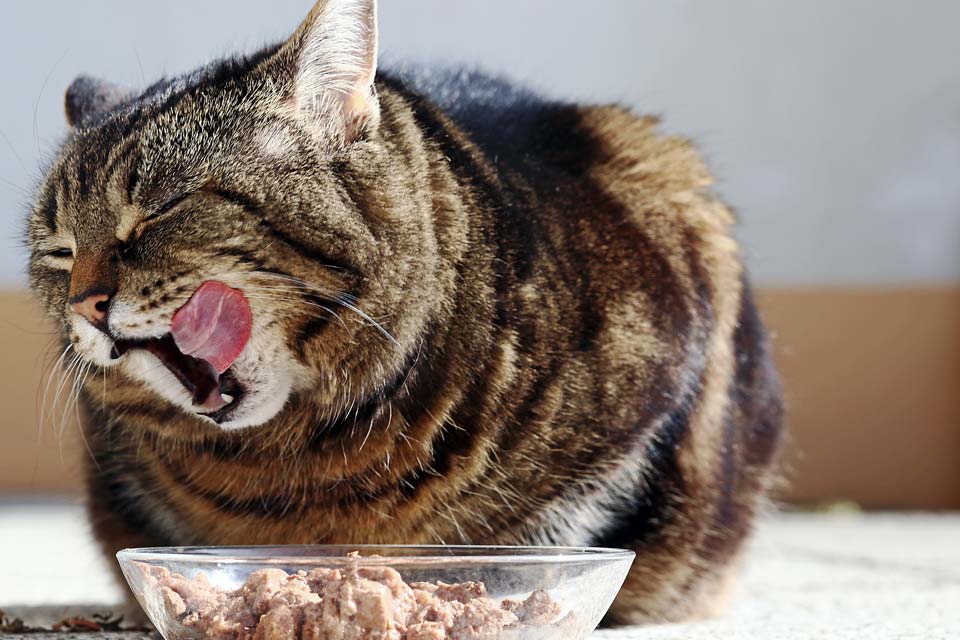How to Change Your Cat's Food

Changing diets abruptly can wreak havoc on a cat's digestive system and result in abdominal pain, vomiting, and diarrhea. In turn, that upset can disrupt the delicate gut flora balance, and then the kitty may end up with chronic GI problems.
Sometimes you do have to change your cat's food. Perhaps your vet has recommended a new diet or you just want to switch for other reasons. Here are some tips for changing your cat's food while minimizing the risk of her developing GI upset.
- First, check with your vet. Run your plan for a new diet past the doctor to ensure the new food is appropriate for your cat's life stage and any medical conditions she may have.
- Next, start mixing new food in with the previous food. Start with about 25% new and 75% old, mixing well so your cat can't pick out only one or the other.
-
Watch carefully for any problems. After four or five days, if your cat has shown no signs of vomiting, diarrhea, or food avoidance, increase to 50% new diet and 75% old.
- Watch carefully for any problems. After four or five days, if your cat has shown no signs of vomiting, diarrhea, or food avoidance, increase to 75% new diet and 25% old.
- Watch carefully for any problems. After four or five days, if your cat has shown no signs of vomiting, diarrhea, or food avoidance, increase to 100% new diet.
At any step in the process, if your cat develops GI problems, go back to the previous step until things are back to normal and then increase more slowly from there.
If your cat stops eating at any point, contact your veterinarian. Cats that stop eating suddenly are at risk for developing hepatic lipidosis, which is life-threatening.
You May Also Like These Articles:
How to Throw a Birthday Party for Your Cat
Tips for Avoiding Litter Aversion in Cats
Product Review: DuraScoop Cat Litter Scooper


